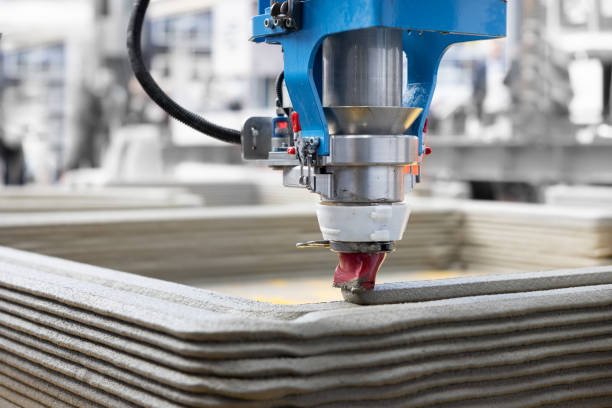Revolutionising Production: The Rise of 3D Print Services
February 21, 2024
In an era focused on innovation and customization, 3D print service is emerging as a revolutionary force in consumer demand and efficiency. These services, harnessing the power of additive manufacturing, are transforming industries by offering unprecedented flexibility, speed, and cost-effectiveness in producing objects layer by layer from digital models. This technology is not just about creating prototypes but is also increasingly used for the production of final products, from intricate jewellery to aerospace components, making 3D printing a cornerstone of modern manufacturing and design.
The Impact of 3D Print Services on Industries
Manufacturing Redefined
3D print services are redefining the manufacturing landscape by enabling rapid prototyping, which significantly reduces the time and cost associated with bringing new products to market. This agility allows companies to iterate designs quickly and respond to market changes with unmatched speed. Furthermore, additive manufacturing minimises waste, as materials are added layer by layer to create an object, contrasting with traditional subtractive methods that cut away material from a solid block.
Customization at Scale
One of the most compelling advantages of 3D printing is the ability to customise products without the high costs typically associated with custom manufacturing. This capability opens up new possibilities for businesses to offer personalised products, from customised prosthetics tailored to individual patients to personalised gadgets and accessories for consumers. This level of customization is reshaping consumer expectations and setting new standards for product design and manufacturing.
Advancements in Healthcare
The healthcare sector has seen significant benefits from 3D printing , with applications ranging from the production of bespoke surgical instruments to the creation of patient-specific models for preoperative planning. The ability to print with biocompatible materials has also led to breakthroughs in prosthetics and implant manufacturing, offering patients improved outcomes and a better quality of life.
Navigating Challenges and Embracing Opportunities
While 3D printing offers numerous advantages, there are challenges to navigate, including the initial cost of 3D printing equipment, the need for technical expertise, and the ongoing development of materials suitable for a wider range of applications. However, as technology progresses, these barriers are gradually being overcome. The continued investment in research and development, coupled with growing collaborations between 3D printing companies and various industries, is expanding the capabilities and accessibility of 3D print services.
The future of 3D printing is incredibly promising, with ongoing advancements in speed, material diversity, and printing precision. As these services become more integrated into mainstream manufacturing processes, they will further unlock innovation across sectors. The potential for sustainability improvements, through reduced material waste and the ability to use eco-friendly materials, also presents a significant opportunity for industries to align with global sustainability goals.

Conclusion
3D print services are not just a technological novelty but a transformative tool that is reshaping the way we think about manufacturing, design, and customization. As businesses and consumers increasingly recognize the value and potential of additive manufacturing, 3D printing is set to become an integral part of the global production landscape. With their ability to revolutionise product development, enhance customization, and improve sustainability, 3D printing is truly powering the next wave of innovation in manufacturing and beyond.


